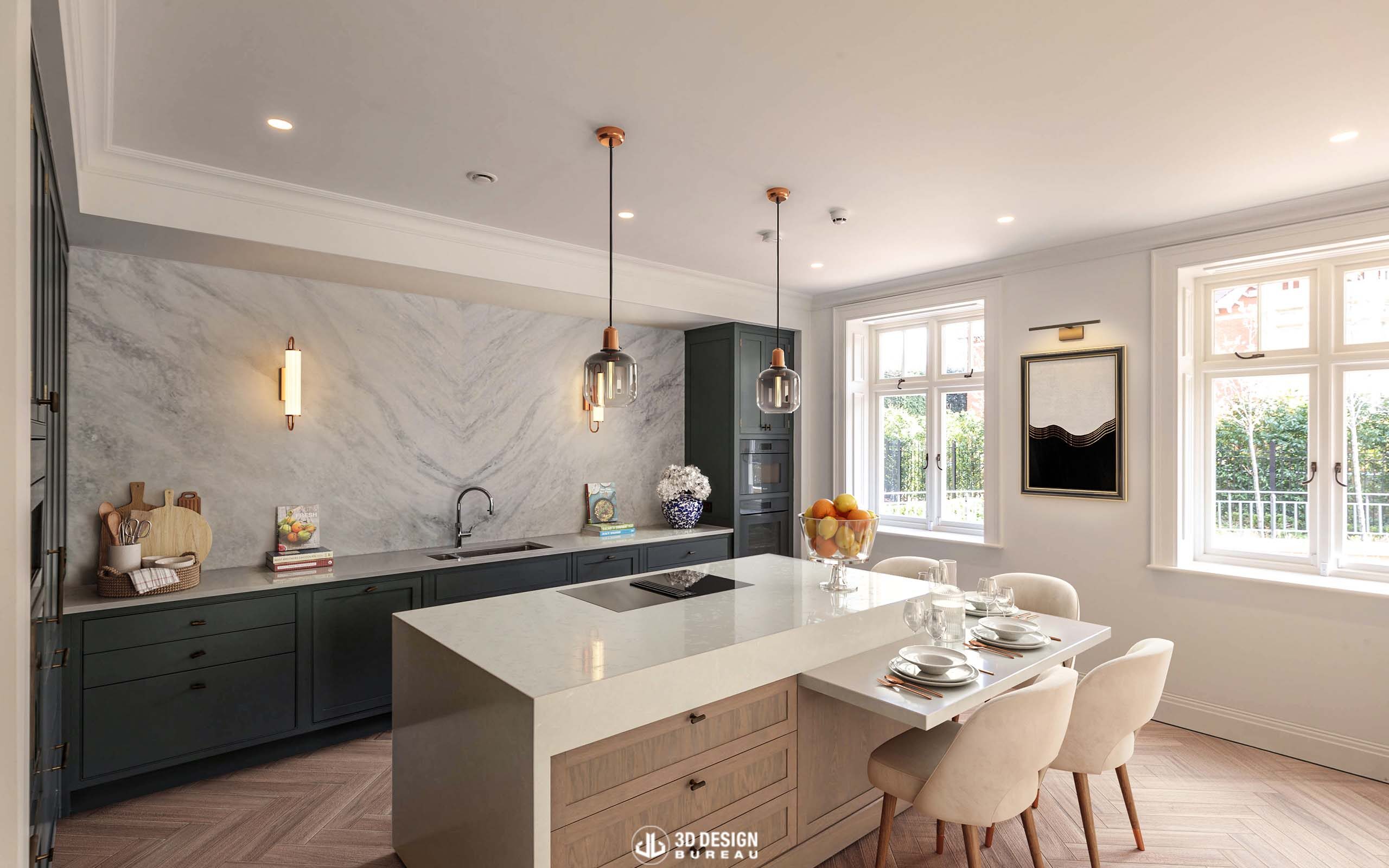The saying “a picture paints a thousand words” has never been more appropriate when it comes to showcasing a property. The greatest creative writers in the world cannot describe a building as vividly and accurately as a visual showcase of a space.

Staging a property is the one of the most effective ways to present, market and sell a property. Traditionally, this involves real estate professionals working with interior designers to fit-out an entire apartment or house to make a property look its best. Property staging allows potential buyers to envision themselves in a space and allows them to understand the intended use and size of a room.
According to the American National Association of Realtors, 77 percent of real estate agents say that staging makes it easier for buyers to visualise themselves living in a home. As many as 38 percent of real estate agents say that they stage all their clients’ homes before listing.
While extremely effective, traditional staging has its downfalls. It can be very expensive to fully furnish a property and once all design elements are purchased, there is no turning back on the design choices without increasing expenditure. According to the National Association of Realtors, the average cost of staging a home is 1 to 3 percent of the asking price. This is where the cost-effective solution of virtual staging comes into play.
Virtual staging involves the digital insertion of CGI elements such as furniture, fixtures, lighting, and decoration into a high-quality photograph of an existing space. Virtual staging is used by real estate agents to showcase properties and by interior designers to pitch design concepts. It takes an empty room and gives a virtual representation of the space fully populated.
Virtual staging is used for a variety of property types such as:
– Vacant properties.
– Partially completed properties.
– Properties with outdated features.
– Properties with occupants.
Because virtual staging is all digital, changing out CGI items of furniture is far more cost and time effective than actual physically staging a property.

Cost-effective: Traditional staging can cost up to 3% of the value of the property. Virtual staging avoids expensive furniture rentals and the headache of maintaining a property while it is on the market. For a fraction of the cost, property professionals can use virtual staging to create photorealistic photos of each space in a property at their highest potential.
Time-effective: It can take a lot of valuable time to finalise designs, order furniture and physically stage a property. This especially becomes time-consuming if you want to stage properties with multiple storeys and tricky access points for furniture. With virtual staging, visually-stunning images can be produced instantly. This is critical is you need to get a property on the market as soon as possible.
Design flexibility: Depending on your budget, traditional staging offers limited variety in terms of interior furnishings and décor that will best suit a property. With virtual staging, you can select from a vast portfolio of furnishing options and design themes. Virtual staging also allows the same space to be converted for different uses – such as a child’s bedroom with toys and bright colours for a family, or a dynamic office setting for commercial building lettings.
Digital marketing: With the vast majority of property searches beginning online, displaying visually-compelling listings is crucial to attract and retain the interest of buyers. A study revealed that vacant homes spend 73 percent more time on the market than staged homes, and people tend to pay more for staged properties.
Convenience: Virtual staging is an excellent option for real-estate agents who want to list occupied properties. Once the photographs are taken for virtual staging, all existing furnishings can be returned to their original place. This allows occupants to relax while a property is on the market.
Design pitches: If you are an interior designer, it can be difficult to pitch your ideas to stakeholders and design teams without visual representation. With virtual staging, you can showcase your ideas and design themes within the exact space you are pitching for. This breathes confidence and establishes an emotional connection with design teams and stakeholders.
Thank you for your message. It has been sent.